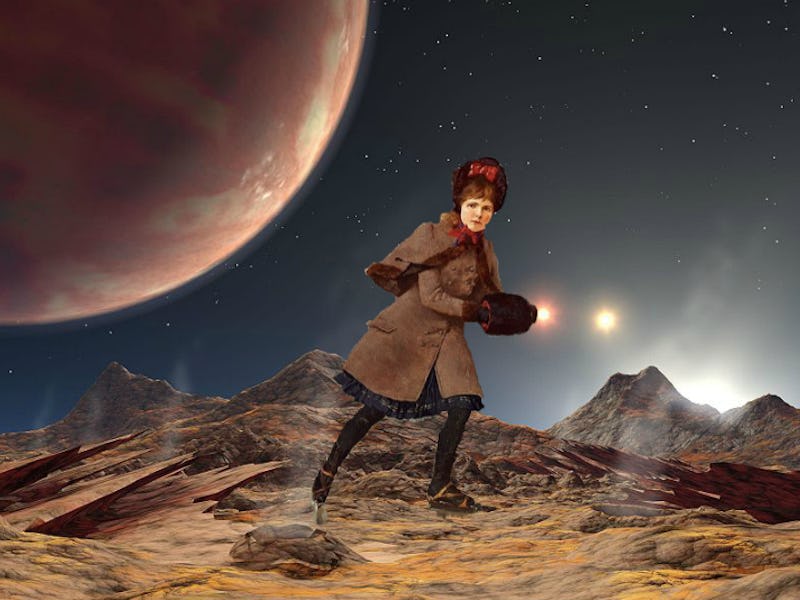Physicists Reveal Body Types That Can Best Handle High Gravity on Exoplanets
Scientists calculate how much gravity causes bones to break.

Tech won’t be the problem when space colonists start settling exoplanets. They’ll have what it takes to grow food with the help of genetically engineered bacteria, make hydrogen fuel from semi-artificial photosynthesis, and zip between exoplanets with NASA-engineered technology. The issue will be counteracting the pull of altered gravity, which, as scientists write in a new arXiv preprint, is strong enough to break their bones. But certain types of athletes, they report, will be far better off than others.
In the August preprint, scientists from Croatia’s University of Zagreb calculate the amount of gravity a human skeleton can handle before it breaks and its muscles are rendered useless. Using a mathematical model, they concluded that specially trained humans could survive at a maximum gravity of about 5 g, an “upper limit” that “could only be achieved by a handful of astronauts.” Earth’s gravity, for comparison, is 1 g, which causes objects to fall towards the Earth at a speed of 9.8 m/s². A higher g, which scientists expect to find on some identified exoplanets, pulls downward on the body with far greater force.
“We consider this work to be important due to a recent emergence of a large number of discovered exoplanets,” study co-author and University of Zagreb associate professor Nikola Poljak, Ph.D., tells Inverse. “If, sometime in the far future, we have to look for one that is most similar to Earth. However, if this is not possible, we need to consider what conditions, including surface gravity, we could live in for the long term.”
Gravity limits what exoplanets humans can exist comfortably on.
Poljak says these findings can help narrow down our search for a habitable world among the multitudes of exoplanets discovered each year and predict what will “happen to our species over time” in space. Existing exoplanet data allowed Poljak and his team to calculate that, out of the 3,605 exoplanets confirmed as of January 2018, about 469 have the radii and mass to suggest a gravitational constant upper limit of 5 g. According to their analysis, that means those exoplanets are the best suited to the human musculoskeletal system without requiring the burden of a space suit.
“Our calculations did not incorporate any suits or technology,” explains Poljak. “With those, you could increase the limit we calculate immensely. However, it would not be very practical to walk around in a spacesuit your entire life.”
The team’s model calculated how the properties of human bone would change when subjected to gravitational fields stronger than the Earth’s 1 g. Reasoning that the pull of gravitational force is much stronger when a person is moving rather than laying, they determined that a gravitational strength of 10 g would be sufficient to break the bones of a human running at a fast pace. A strength of 5 g would be uncomfortable — causing your blood volume and blood pressure to rise and possibly triggering dizziness, nausea, and fatigue — but livable.
Of course, that doesn’t mean that just any strong person could zoom up into space and live comfortably. Poljak says that the training for specific sports makes certain athletes more likely to succeed in higher-gravity regions than others.
“We think that the persons who most likely could live normally under such conditions are those who are in good health and have well-developed lower body muscles, since those are the most important for walking,” says Poljak. “If you think in terms of athletes, think cyclists, ice skaters, or long distance runners.”